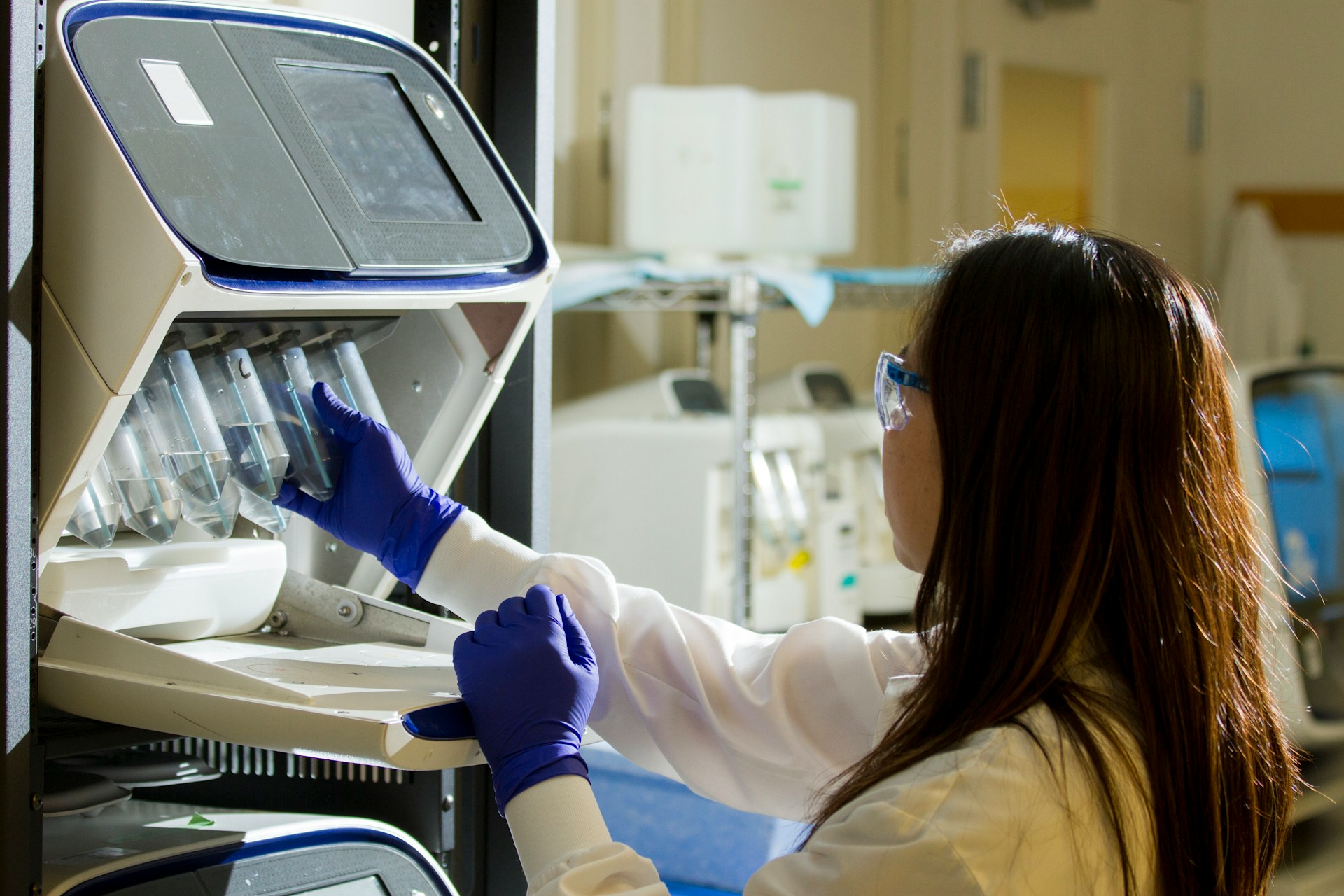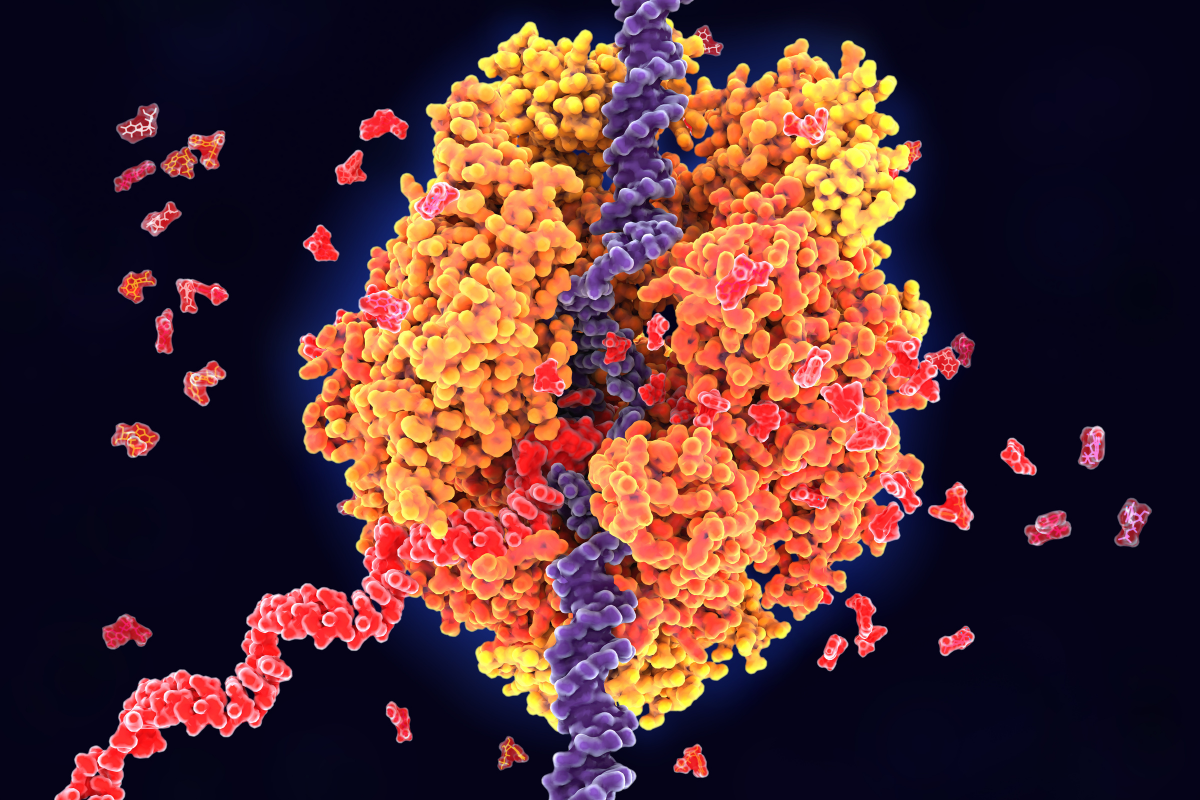Oligo Sequencing Technologies - What Methods and Techniques Are Utilized in the Pharmaceutical Industry?

Oligo sequencing technologies have revolutionized the field of biologics research and development. These advanced techniques allow scientists to analyse and understand the structure and function of oligonucleotides, which are short sequences of nucleotides that play a crucial role in various biological processes. Biologics by Oxford Global delves into the methods and techniques of oligo sequencing technologies, highlighting their importance, safety considerations, sustainability, advancements, applications, challenges, and future trends.
What is the Importance of Oligo Sequencing in Biologics?
Biologics, such as antibodies, peptides, and nucleic acids, have emerged as key players in the pharmaceutical industry due to their specificity and effectiveness in targeting diseases. Oligo sequencing plays a pivotal role in the development and characterization of these biologics. By accurately determining the sequence of oligonucleotides within biologics, scientists can ensure their quality, purity, and potency. This information is crucial for regulatory compliance, as well as for understanding the structure-function relationships of biologics. Oligo sequencing also enables the detection of any sequence variations or modifications, which may impact the safety and efficacy of biologics. By comprehensively analysing the oligonucleotide sequences, scientists can make informed decisions regarding the design, optimization, and manufacturing of biologics.
How to Ensure Safety in Oligo Sequencing?
Safety is paramount in the field of oligo sequencing technologies. Best practices and robust regulatory frameworks are in place to ensure the accurate and reliable sequencing of oligonucleotides. Quality control measures, such as validation of analytical methods, are implemented to minimize errors and ensure reproducibility. Stringent guidelines are followed to prevent cross-contamination and maintain the integrity of samples. Compliance with Good Laboratory Practices (GLP) and Good Manufacturing Practices (GMP) is essential for generating reliable and trustworthy data. Furthermore, regulatory bodies, such as the Food and Drug Administration (FDA) and the European Medicines Agency (EMA), provide guidelines and regulations specific to oligo sequencing technologies to ensure the safety and efficacy of biologics.
Sustainability of Oligo Sequencing: Environmental Considerations
As the field of oligo sequencing technologies continues to advance, it is crucial to consider the environmental impact of these techniques. The production and use of oligonucleotides can consume significant resources and generate waste. Therefore, sustainable practices are being implemented to minimize the ecological footprint of oligo sequencing. For instance, efforts are being made to optimize the synthesis process of oligonucleotides to reduce the consumption of reagents and energy. Recycling and reusing strategies are also being explored to minimize waste generation. Innovative approaches, such as green chemistry principles and the use of renewable resources, are being integrated into oligo sequencing technologies to ensure their long-term sustainability.
Oligo Sequencing Techniques
Several techniques are available for oligo sequencing, each with its own advantages and limitations:
- Sanger sequencing
Considered the gold standard, relies on the termination of DNA synthesis using chain-terminating dideoxynucleotides. This technique allows for the sequencing of relatively short oligonucleotides with high accuracy.
- Next-generation sequencing
Next-generation sequencing technologies, such as Illumina sequencing and Oxford Nanopore sequencing, have revolutionized oligo sequencing by enabling high-throughput, parallel sequencing of millions of DNA fragments. NGS techniques offer greater sequencing depth, allowing for the analysis of complex genomic regions and the detection of rare variants.
- Single-Molecule Real-Time Sequencing
Emerging sequencing technologies, such as single-molecule real-time sequencing (SMRT) and nanopore sequencing, are pushing the boundaries of oligo sequencing by offering long-read capabilities and real-time sequencing.
Advancements and Applications in Oligo Sequencing Technologies
Oligo sequencing has undergone a remarkable transformation in recent years. Advancements in three key areas – sequencing chemistry, bioinformatics, and instrumentation – have revolutionized the field. New DNA polymerases and sequencing enzymes have enhanced the accuracy and efficiency of reading DNA sequences. Powerful bioinformatics tools have been developed to handle the avalanche of data produced by high throughput sequencing Finally, miniaturization and automation of sequencing instruments have dramatically reduced the cost per sequenced unit, making oligo sequencing a more accessible technology.
This newfound accessibility has opened doors to a vast array of applications in biological research. Scientists can now leverage oligo sequencing to delve into the intricacies of genetics, pinpointing disease-causing mutations and exploring gene expression patterns. It serves as a cornerstone for fields like genomics, transcriptomics, and epigenomics, aiding researchers in deciphering the complex code of the genome. Beyond research, oligo sequencing plays a vital role in the pharmaceutical and biotechnology industry, facilitating the development and quality control of drugs and therapies. Its applications extend even further, finding its place in forensics, agriculture, and environmental monitoring, demonstrating its remarkable versatility.
However, despite the significant progress, oligo sequencing still faces some challenges. Accurately sequencing repetitive regions within the genome remains a hurdle, potentially leading to The high upfront cost of sequencing instruments, despite reductions, can still limit accessibility, particularly in resource-constrained settings. Perhaps the biggest challenge lies in data analysis. The vast amounts of data generated by oligo sequencing can be complex and time-consuming to analyse and interpret, requiring advanced bioinformatics expertise. Addressing these challenges will be crucial for further unlocking the full potential of oligo sequencing and its transformative impact on biological research.
Future Outlook: Emerging Trends in Oligo Sequencing
The future of oligo sequencing technologies holds immense promise. Emerging trends are shaping the field and opening up new possibilities for scientific discovery and innovation. One such trend is the integration of artificial intelligence and machine learning algorithms into oligo sequencing workflows. These technologies have the potential to enhance data analysis, improve accuracy, and accelerate the identification of genetic variants. The development of portable and handheld sequencing devices may democratize access to oligo sequencing technologies, enabling their use in point-of-care settings and resource-limited environments. The continued refinement of long-read sequencing technologies and the exploration of new sequencing chemistries are also expected to expand the capabilities of oligo sequencing. Overall, the future of oligo sequencing technologies is bright, offering exciting opportunities for advancing our understanding of biology and improving human health.
Conclusion: Harnessing the Power of Oligo Sequencing Technologies
In conclusion, oligo sequencing technologies have revolutionized the field of biologics research and development. Advanced techniques have enabled scientists to gain unprecedented insights into the structure, function, and therapeutic potential of biologics. However, the journey of oligo sequencing is not without its challenges. Ensuring safety, sustainability, and regulatory compliance is of utmost importance. By addressing these challenges and embracing emerging trends, the field of oligo sequencing is poised to make even greater strides in the future. It is through harnessing the power of oligo sequencing technologies that we can unlock the full potential of biologics and pave the way for a healthier and more sustainable future.








